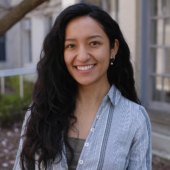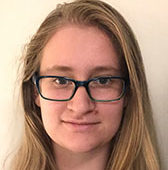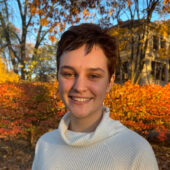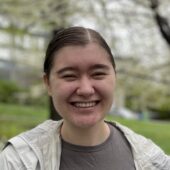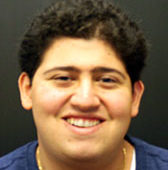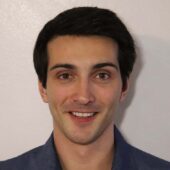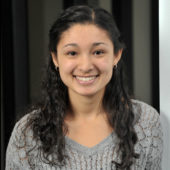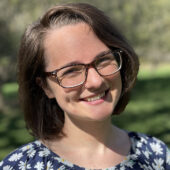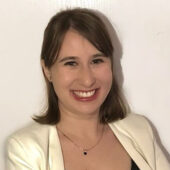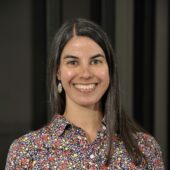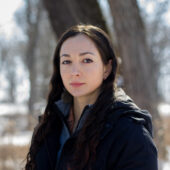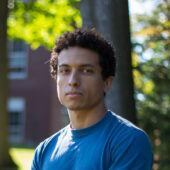Interstellar Medium, Molecular Clouds, Star Formation & Evolution, Supernovae & Their Remnants, Long Gamma-ray Bursts, Cosmic Rays
Image credit: ALMA / ESO / NAOJ / NRAO / Alexandra Angelich, NRAO / AUI / NSF.
Stars are the fundamental building blocks and probes of the Universe. They are formed in stellar nurseries enshrouded by dust and gas, and end their lives in violent explosions, creating some of the most captivating events one can witness. Faculty in CIERA study, model, and observe many stages of a star’s life from birth to death, the planets formed around them, how they impact their environments, as well as the compact remnants they leave behind.
Research at CIERA
Evolving to the end states of stellar evolution, Professor Fong’s team uses radio and optical observations to study and model relativistic explosions called gamma-ray bursts and their host galaxy environments, probing star formation from the local neighborhood to the high-redshift Universe.
Professor Tchekhovskoy uses state-of-the-art simulations to study the formation of relativistic jets in core-collapse gamma ray bursts.
Professor Miller’s group uses ground- and space-based telescopes to study the endpoints of the stellar life cycle as punctuated by supernovae. The group uses data science methods, such as machine learning, to support the discovery and classification of these explosions prior to studying their properties in greater detail.
Professor Figueroa-Feliciano’s group studies the X-ray signatures of supernova remnants through the NASA Micro-X Sounding Rocket, a Northwestern-led rocket payload which takes high-energy-resolution spectra of remnants in suborbital flights.
Professor Kilpatrick uses optical, infrared, and X-ray imaging of nearby galaxies to understand the stellar channels that lead to their cataclysmic collapse and explosion as supernovae, focusing on deep, high-resolution imaging and spectroscopy that can be used to study their local environments, nucleosynthetic content, and progenitor stars.
Opportunities
Deadline: 11:59pm, December 31, 2025
CIERA supports a wide range of interdisciplinary projects focused on research, education, and public outreach in Astrophysics. Our faculty and postdocs work on projects that couple astronomy and astrophysics analysis with many other disciplines: computer science, applied math, planetary sciences, electrical engineering, mechanical engineering, data science, science education, and more. Many have hired/mentored undergraduate researchers
News
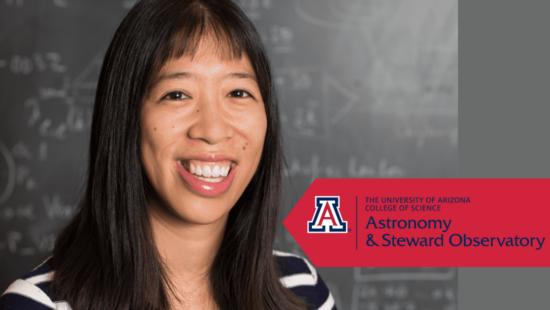
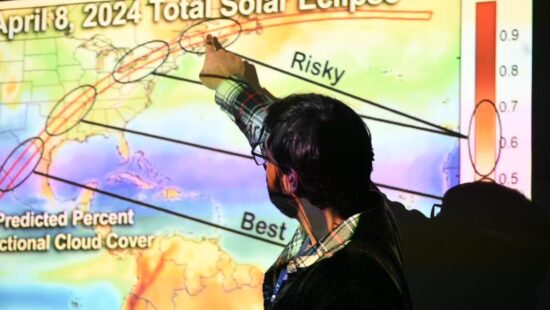
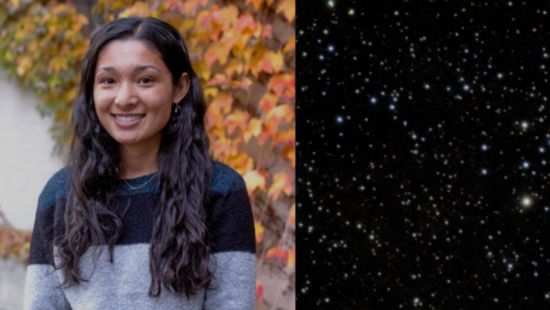
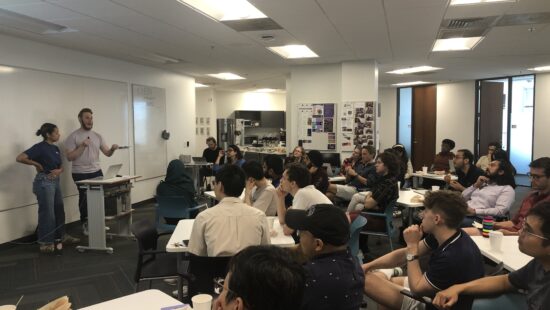
Gallery
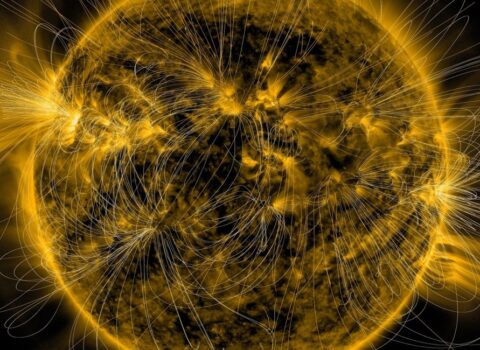
Sun’s magnetic field originates surprisingly close to the surface
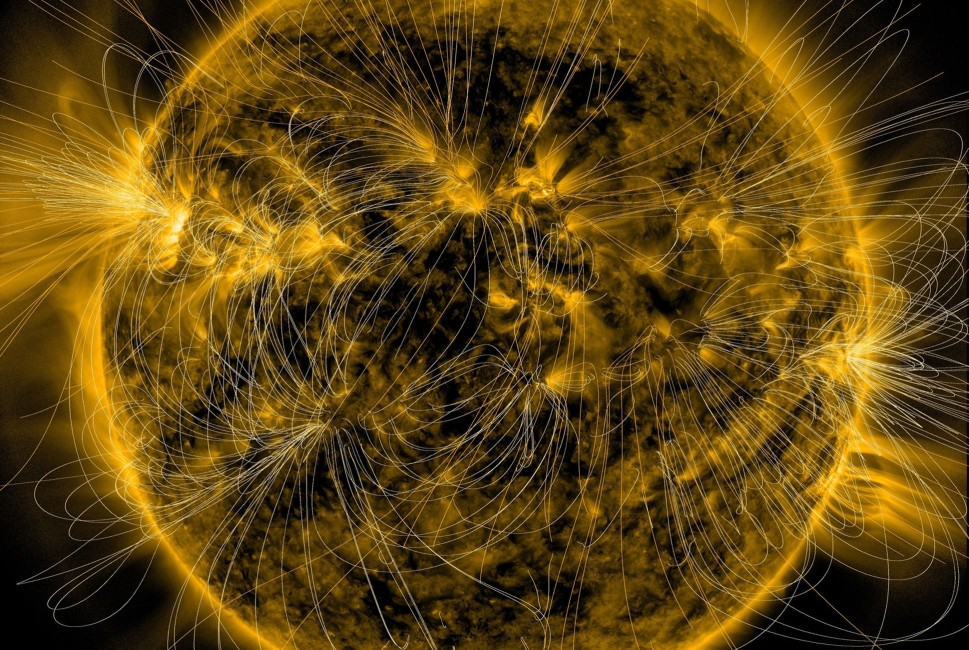
Sun’s magnetic field originates surprisingly close to the surface
On May 22, 2024 an international team of researchers, including CIERA Professor Daniel Lecoanet, published a paper in Nature that brings scientists closer than ever before to solving a 400-year-old solar mystery that stumped even famed astronomer Galileo Galilei. Since first observing the sun’s magnetic activity, astronomers have struggled to pinpoint where the process originates.
NASA/SDO/AIA/LMSAL
- Data Science & Computing,
- Interdisciplinary,
- Science
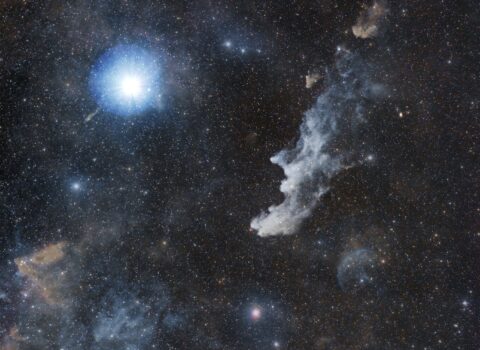
Witch Head Nebula and Rigel
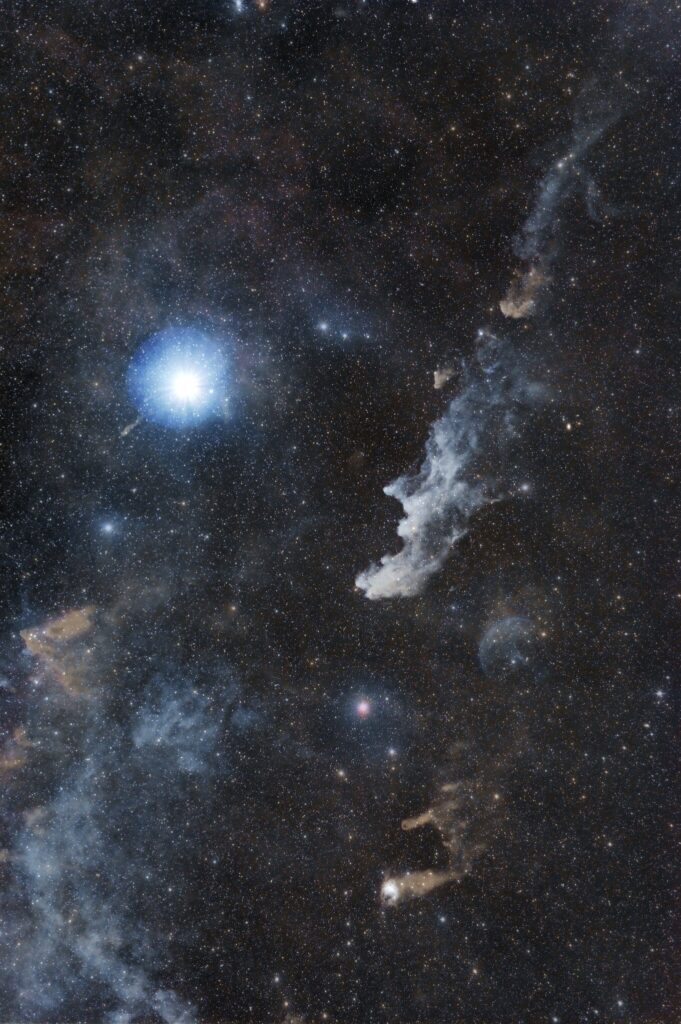
Witch Head Nebula and Rigel
Near Rigel, a bright star found in the constellation Orion, lies the Witch Head Nebula (look closely to see the face!). This nebula is a reflection nebula– a cloud of dust that is lit up by nearby stars. Rigel’s starlight reflects off the dust to light up this very faint nebula. Photographer and CIERA graduate
Imran Sultan/Northwestern/CIERA
- Science
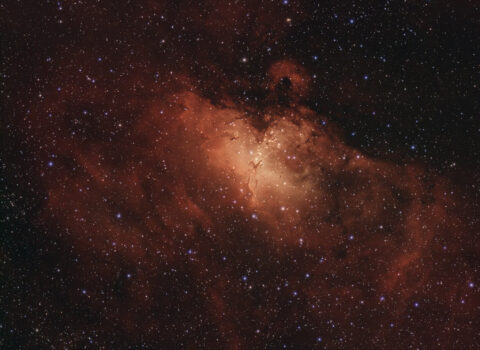
Eagle Nebula with the Pillars of Creation
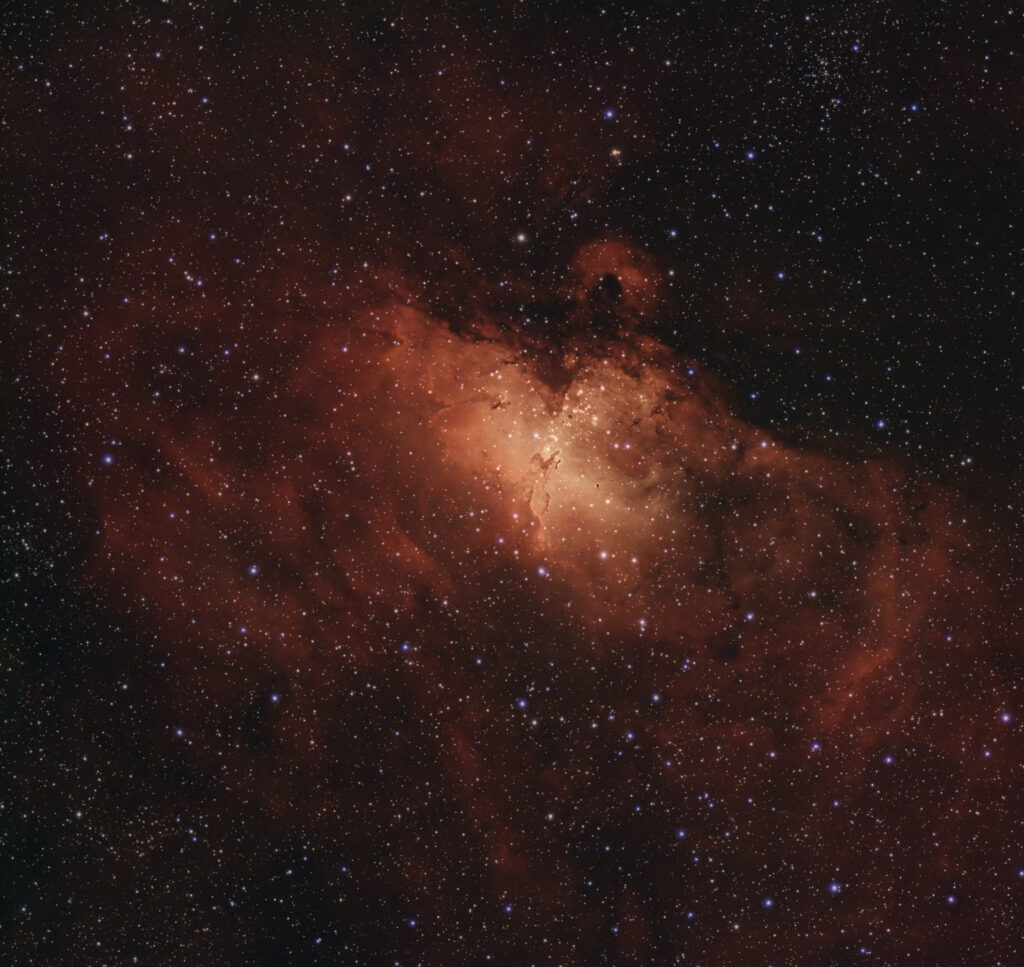
Eagle Nebula with the Pillars of Creation
This is a picture of the Eagle Nebula, a magnificent emission nebula. At the heart of the Eagle Nebula are the Pillars of Creation, famously photographed by the Hubble Space Telescope in 1995, and recently by the James Webb Space Telescope. In this image, photographer and CIERA graduate student Imran Sultan depicts the Eagle Nebula
Imran Sultan/Northwestern/CIERA
- Science
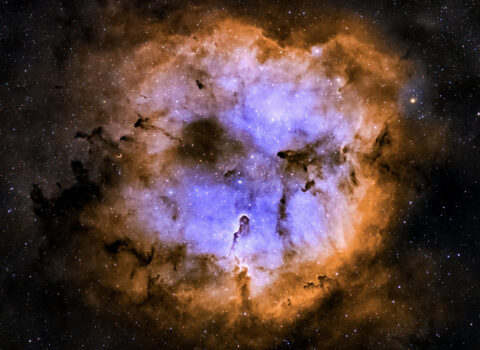
Elephant’s Trunk Nebula
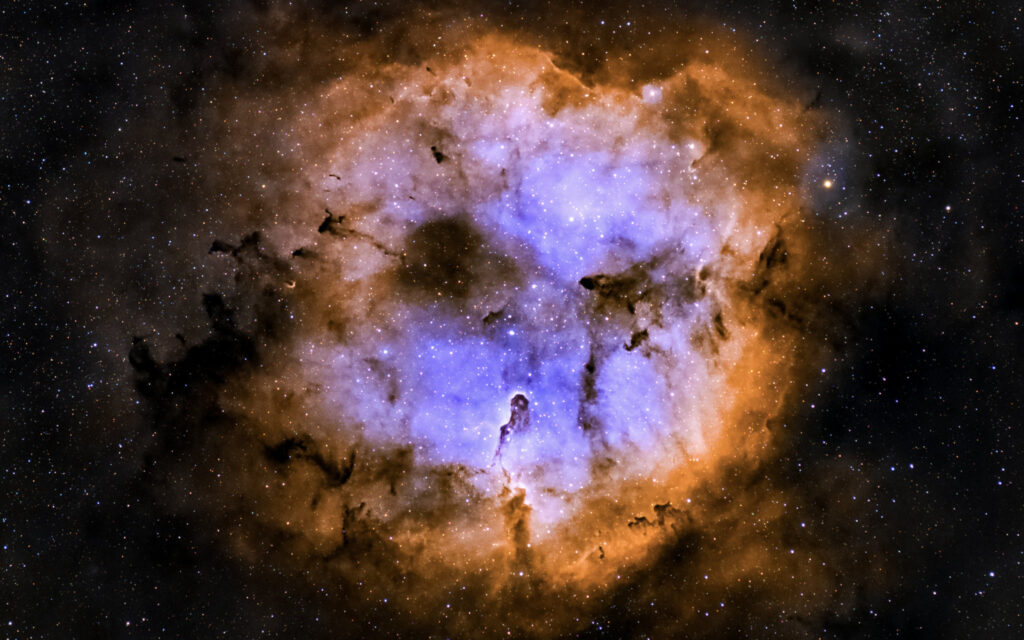
Elephant’s Trunk Nebula
Photographer and CIERA graduate student Imran Sultan captured the Elephant’s Trunk Nebula (IC 1396) over two nights (July 9-10, 2023) from the bright skies of the Chicago suburbs. Observing the Elephant’s Trunk reveals emission from the ionized gas in the star-forming region, shown here in the HOO color palette. Sultan was able to overcome light
Imran Sultan/Northwestern/CIERA
- Science
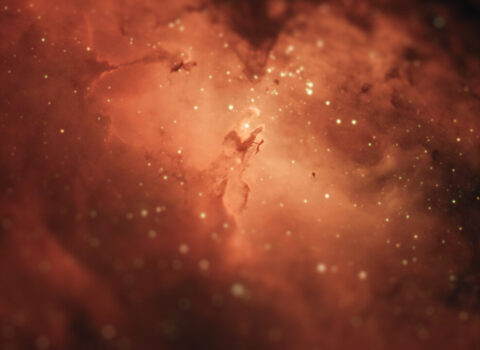
Pillars of Creation
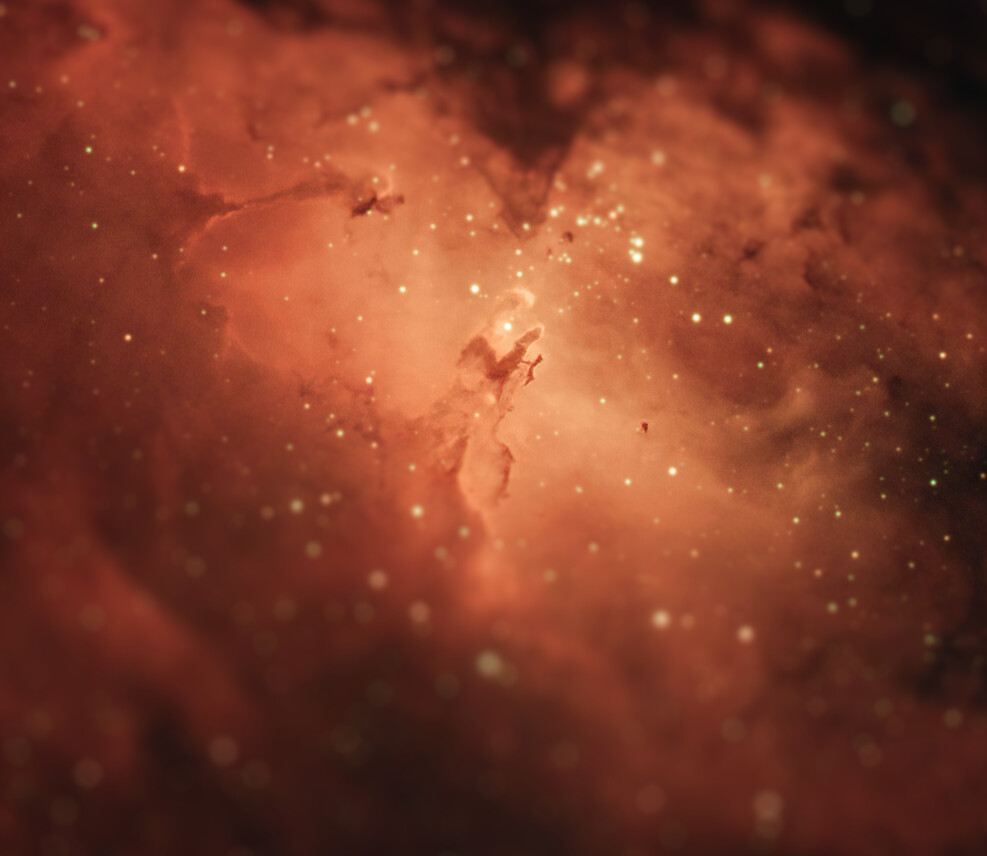
Pillars of Creation
The swirling oranges and sparkling refractions of light in this photo, captured by CIERA graduate student Imran Sultan, are the Pillars of Creation in the Eagle Nebula. The Pillars of Creation are part of an active star-forming region within the nebula and hide newborn stars in their cloud-like columns. This sight was captured from Bortle
Imran Sultan/Northwestern/CIERA
- Science
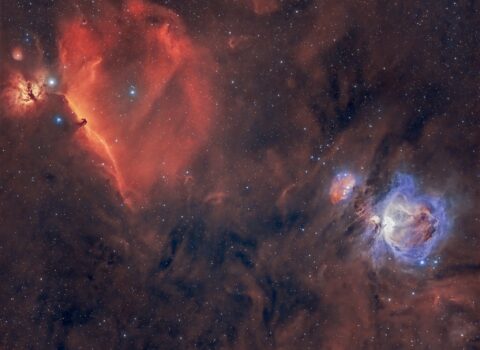
Orion’s Dream
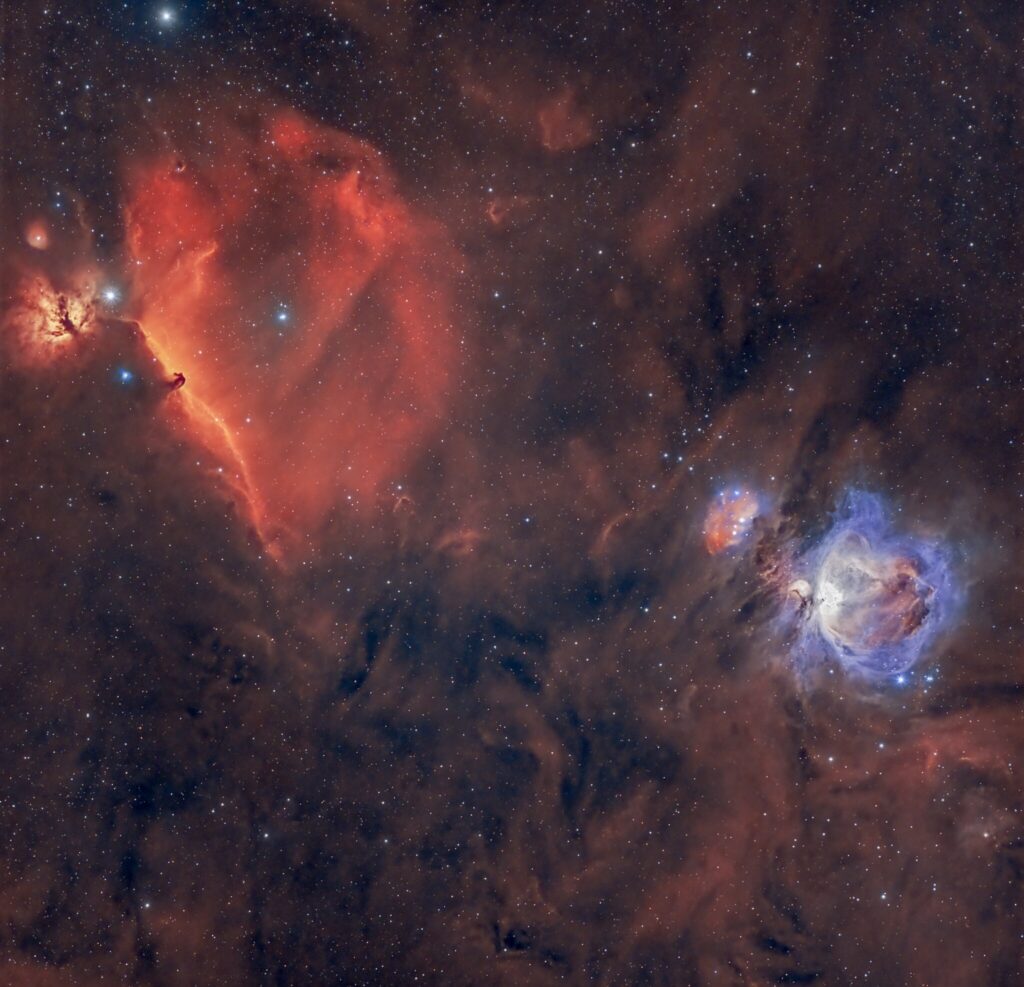
Orion’s Dream
When looking up into the sky, one of the first constellations many see is Orion, made up of three bright stars, one of which is the 11th brightest star in the sky. This photo of the Orion constellation, which also features the Great Orion Nebula and Horsehead/Flame Nebulae, was captured by CIERA graduate student Imran
Imran Sultan/Northwestern/CIERA
- Science
People
Core Faculty
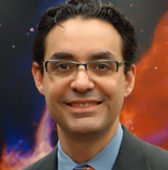

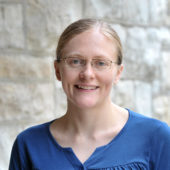
Kari Frank
Director of Operations of CIERA, Research Assistant Professor
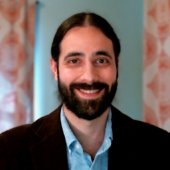
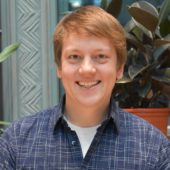
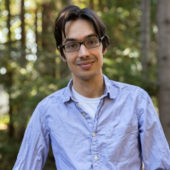
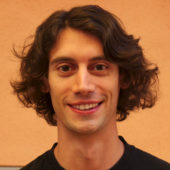
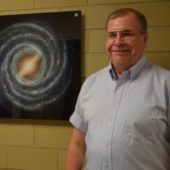

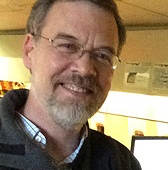
Giles Novak
Professor, Faculty Director of Northwestern University Research Shop
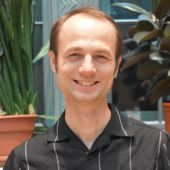

External Faculty
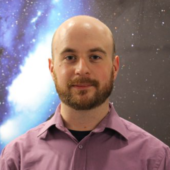
Postdocs
Research Staff


Graduate Students



